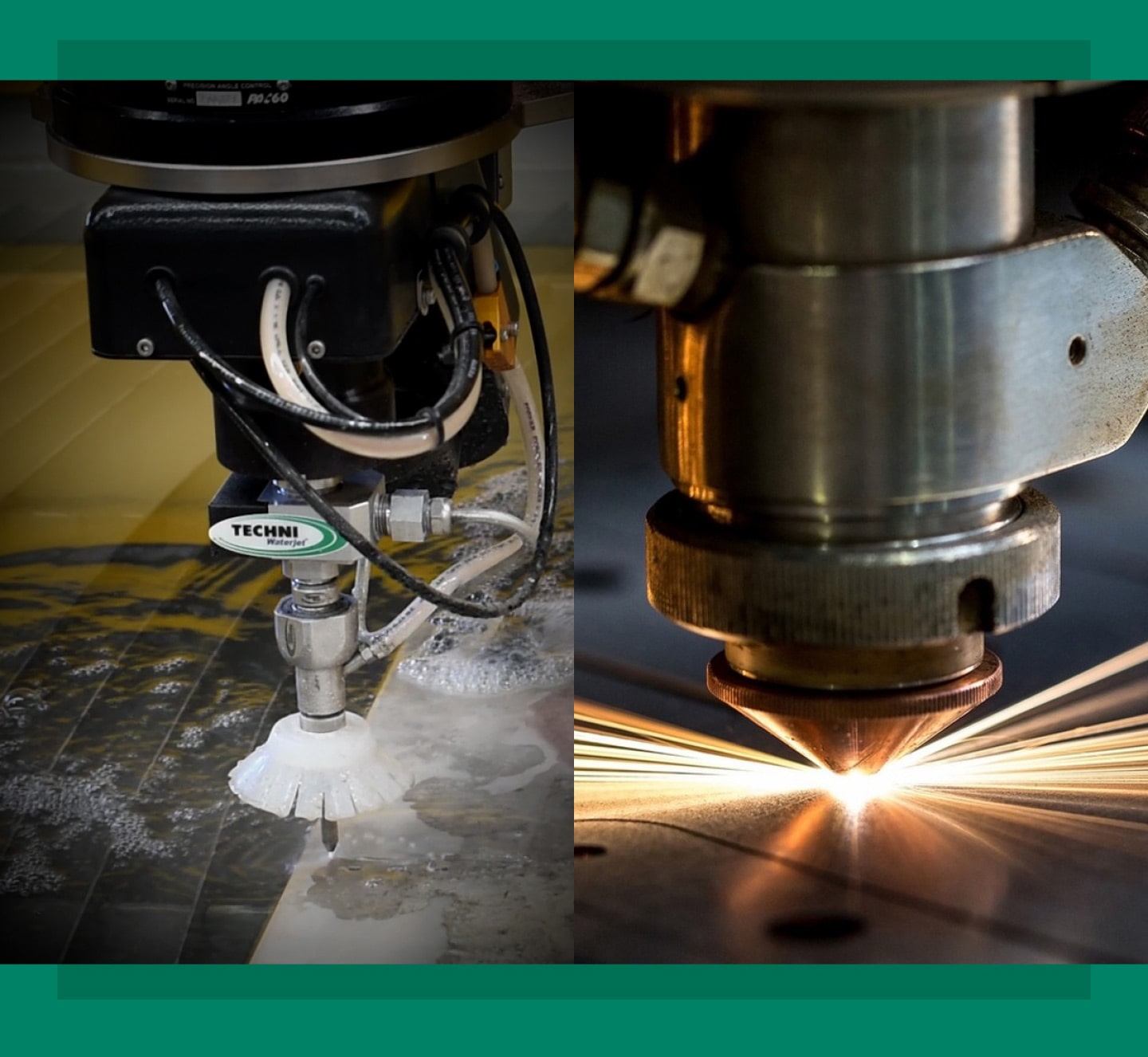In the modern manufacturing landscape, demand for precision, speed, and efficiency has reached unprecedented levels. While industries work to remain competitive, high-speed manufacturing techniques are at the forefront of innovation. Among these techniques, industrial cutting methods such as laser and waterjet cutting service s have received significant attention due to their ability to deliver exceptional results with minimal waste.
Laser cutting uses focused beams of light to slice through materials with remarkable accuracy, which makes them ideal for complex designs and intricate patterns. On the other hand, waterjet cutting utilizes high-pressure streams of water, often mixed with abrasive materials, to cut through even the most durable substances without generating heat. Both methods not only enhance production speed but also broaden the range of materials that manufacturers can utilize, paving the way for new possibilities in design and application.
Summary of Laser Cutting Methods
The process of laser cutting has changed the way manufacturing is conducted in manufacturing. By using focused beams of laser light, laser cutters can cut through a variety of materials with exceptional precision. This method enables for intricate designs and sophisticated shapes that older techniques may fail to produce. As industries seek to optimize production efficiency, laser cutting stands out for its speed and flexibility, making it a favored choice across multiple sectors.
One of the primary pros of laser cutting is its ability to work with a diverse selection of materials, including metals, polymeric materials, lumber, and ceramic materials. The technology functions by aiming a focused laser beam onto the material, which liquefies or consumes the undesired sections. Unlike mechanical cutting methods, which can introduce stresses and irregularities in the material, laser cutting yields smooth edges and little thermal distortion. This aspect is particularly valuable for applications requiring excellent finishing and tight tolerances.
In addition, advancements in laser technology continue to enhance its capabilities. Powerful laser systems equipped with advanced control systems can process denser substances at higher speeds, significantly increasing productivity. Furthermore, the integration of Computer Numerical Control (CNC) systems enables automation, reducing the need for human input and decreasing human error. As such, laser cutting technology not only streamlines manufacturing processes but also offers a sustainable approach by lessening waste and energy consumption.
Advantages of Waterjet Cutting
Abrasive Waterjet cutting offers a notable level of flexibility in fabrication processes. It can effectively cut through a wide range of resources, including metals, ceramic composites, glass materials, and composites, without altering the physical properties. This capability makes it an ideal choice for industries that require precision and versatility in their cutting operations, allowing fabricators to work on diverse assignments with ease.
Another noteworthy merit of abrasive waterjet cutting is the reduced heat-affected zone it creates during the cutting process. Unlike traditional cutting methods that generate intense heat, water jet cutting uses a high-pressure stream of water mixed with an abrasive material. This process ensures that the structure of the material is maintained, preventing deformation or variations in the micro-structure, which is especially critical when working with thermally sensitive materials.
Moreover, abrasive waterjet cutting is an sustainable option in fabrication. It produces zero harmful gases or waste, as the cutting process mainly uses water and grinding agents. This green consideration aligns well with modern industrial standards, where environmental responsibility is increasingly emphasized. By choosing waterjet cutting, producers can enhance their fabrication efficiency while also being more aware of their ecological footprint.
Uses in Current Manufacturing
Optical and water jet cutting solutions have become crucial to various industries due to their precision and effectiveness. In the vehicle sector, these techniques allow for the intricate cutting of metallic components, making sure that parts fit together perfectly and enhance overall vehicle performance. The ability to create complex shapes quickly has revolutionized how manufacturers design and manufacture vehicle parts, considerably reducing time to market and waste.
In the aviation industry, where every unit of weight counts, laser cutting is used to manufacture lightweight yet robust components. The technology's precision allows manufacturers to produce parts with little material loss, which is essential for upholding the strict safety and performance standards required in aviation. Waterjet cutting is also employed here, as it can process various materials, including composites and metals, without compromising structural strength.

Moreover, the healthcare equipment industry has adopted these cutting techniques for the manufacture of exact instruments and implants. The meticulous nature of laser cutting guarantees that delicate and complex designs meet the stringent level of hygiene and functionality required in healthcare. Waterjet cutting supplements this by enabling for the use of a range of biocompatible materials, facilitating innovation in healthcare technology while maintaining patient well-being.
